The Two Sides of the ISFJ Personality Type
Do you ever feel like there are two sides of you that are always competing to have a voice? There’s one side of you that likes cozy, quiet time to yourself without interruptions. There’s another side that’s always jumping in, reminding you of all the people you need to take care of! And there’s more: There’s one side of you that’s warm, empathetic, and doesn’t like to stir up conflict. Yet there’s another side that’s skeptical, argumentative, and analytical, but you often try to hush that voice so you don’t hurt anyone’s feelings.
Today we’re going to explore the two sides of your personality type: The introverted side and the extroverted side. In doing so, I hope you’ll understand more about who you are, what makes you so special, and why those sides each deserve your energy but sometimes might get in the way!

So, grab a cup of tea (or coffee if that’s more your thing), and let’s dive in.
The Introverted Side of the ISFJ
Introverted Sensing (Si) and Introverted Thinking (Ti)
When you tap into your introverted side, the world around you becomes a treasure trove of memories and knowledge. But not just any memories—they’re vivid, sensory-filled recollections of the past. It’s like having your own mental scrapbook filled with detailed images, textures, scents, and sounds, all neatly organized and easily accessible. Think of the smell that instantly takes you back to a family gathering, or how you can remember the feel of the air on a certain day long ago.
Sure, we all have memories. But yours tend to be rich in detail, emotion, and “atmosphere” (for lack of a better word). You use tehse memories as a guide to navigate the present and the future. You’re able to quickly compare new situations to past experiences, almost like a personal radar that helps you determine if something feels “right” or familiar. You’re someone who seeks out routines and stability, and that’s because your introverted side thrives on it. The more familiar something is, the more comforting it feels.
My ISFJ son is a great example (I think, but I’m partial to him). He likes to create “atmospheres” around the house for his various routines. For example, he likes to build legos while it’s raining outside, listening to an audiobook, with a candle lit next to him on a shelf. When he goes to bed he wants thunderstorm sounds playing, his bed made in just the right way, and his favorite stuffed animal next to him in exactly the same position. These little routines make him feel safe, comfortable, and content.
Then there’s Introverted Thinking (Ti), another huge part of your introverted side. You might be surprised to know this! After all, you’re a feeler, right? But even Feeling types have a thinking side! While people might see you as warm and empathetic, there’s another side to you which is more analytical, skeptical, and questioning. You love figuring out how things work (but only things you actually care about). When you’re invested in a subject, you can dive deep, figuring out all the in’s and out’s and piecing together a theory of how it works.
For example, if you love to bake pie, you might know all the chemistry of how the different pie crust ingredients work to make the perfectly flaky crust. You might know that butter-flavored shortening will taste better than plain shortening or that you shouldn’t over-mix the dough if you want it to be light and flaky. Or perhaps you’re skeptical about a particular political opinion, and so you learn everything you can about that opinion, or the political system itself so that you can understand whether your viewpoint and skepticism actually make sense.
Whether it’s understanding how things work or learning every detail about something you love, your mind often buzzes with curiosity and analysis.
Your Extroverted Side
Extraverted Feeling (Fe) and Extraverted Intuition (Ne)
Now, just because you’re an introvert, this doesn’t mean you live in a cave and never want to be bothered by anyone (okay, maybe sometimes you do, but not always). Your Extraverted Feeling (Fe) is your natural connection to others, and it’s what drives you to be so in tune with the people around you. You’re likely the first person to pick up on shifts in someone’s mood or the subtle signs that something’s off emotionally. You have this incredible ability to not only sense these things but also to act on them—making sure others are comfortable and cared for.
You are hyper-aware to others’ feeling states, their body languages, their eye contact, and micro-expressions that others might miss. You use this ability to “read” people and gauge how you should respond to them or how you can create a harmonious, intimate connection.
Even though you’re more at ease in one-on-one settings, when you do connect with others, your warmth and empathy come through in a big way. You’re the kind of person who remembers the little things, who checks in with a friend after they’ve had a hard day, and who genuinely cares about creating positive emotional experiences for the people in your life.
Then there’s your Extraverted Intuition (Ne). This is where your creativity and playfulness show up. Whether it’s through crafts, home decor, or whipping up a new recipe, you’ve got a knack for imagining possibilities and turning them into something real. It’s not wild, chaotic creativity—it’s thoughtful, grounded in reality, and often connected to the things that make life more comfortable and beautiful.
For example, you might see a pile of pinecones and think of a wreath you could make out of them, scented with cinnamon and cloves. Or maybe you look at an old pallet that’s falling apart and think of a way to turn it into a toy chest. Your Extraverted Intuition can also show up in your humor; when you’re comfortable you can come up with offbeat, random connections that are hilarious. But this side of you likely only shows up when you’re really comfortable with someone.
How Your Two Sides Work Together
You’ve got these two sides—introverted and extroverted—that might seem like opposites, but they work together beautifully.
I don’t know about you, but I like examples. So here’s one to help clarify the points we’re making: you’re spending time with a friend. Your Extraverted Feeling (Fe) is tuned in, sensing how they’re doing emotionally. Maybe they seem a little off, and you’re quick to offer comfort. But in doing so, you’re also drawing from your introverted side—recalling a time when you felt the same way or remembering something that helped you in a similar situation. Your introverted and extroverted sides are always working together to help you navigate social situations.
Or imagine you’re working on a creative project. Your Extraverted Intuition (Ne) gives you the inspiration to come up with a new idea, but your Introverted Sensing (Si) keeps you grounded. You’ll make sure that whatever you create is not just innovative but also practical and that you’re not forgetting any specific details that could potentially trip you up. This balance between your creative side and your need for familiarity helps you turn ideas into something real and valuable.
Finding Comfort in Understanding Yourself
Sometimes, you might feel pulled in different directions. You may crave alone time and routine, but at the same time, feel the need to reach out and care for the people around you. Or you might find yourself deep in thought, trying to analyze something logically, only to be drawn back to the emotional needs of others. It’s natural to feel this way—after all, you have two strong sides working (and sometimes warring) within you.
Think of it like this: your introverted side is like a cozy room filled with everything that brings you comfort—memories, routines, and knowledge. Your extroverted side is the bridge that connects that room to the outside world, allowing you to share your feelings, desires, values, and creativity with others. Both sides are essential to who you are. Your introverted side keeps you grounded and thoughtful, while your extroverted side allows you to create warmth and connection in the world.
Embrace the Whole You
If there’s one thing to remember from all this, it’s that both sides of you—the introverted and the extroverted—are important. Your introverted functions allow you to reflect, analyze, and build rich inner experiences, while your extroverted functions help you reach out and connect with others in meaningful ways.
You’re not just one or the other—you’re both, and that makes you beautifully balanced. So embrace the whole you. Honor your need for quiet reflection, but also give yourself permission to extend that warm, caring energy to others. By doing so, you’ll not only understand yourself better, but you’ll also bring out the best in the people around you.
What Do You Think?
How do you cope with the two different sides of your personality type? Do you have any stories or examples of this dynamic from your own life? Share your thoughts in the comments!
This article just scratches the surface of who you are. If you really want to dive deep into your ISFJ personality or the other Myers-Briggs® personality types, you can explore our ebook: Discovering You: Unlocking the Power of Personality Type.
You might also like these articles:
ISFJs and Their Compatibility with Every Myers-Briggs® Personality Type
10 Things You Crave Every Day as an ISFJ Personality Type
10 Characteristics of the ISFJ Child
Subscribe to Our Newsletter

Want to discover more about personality type? Get the inside scoop with Susan Storm on all things typological, along with special subscriber freebies, and discounts on new eBooks and courses! Join our newsletter today!






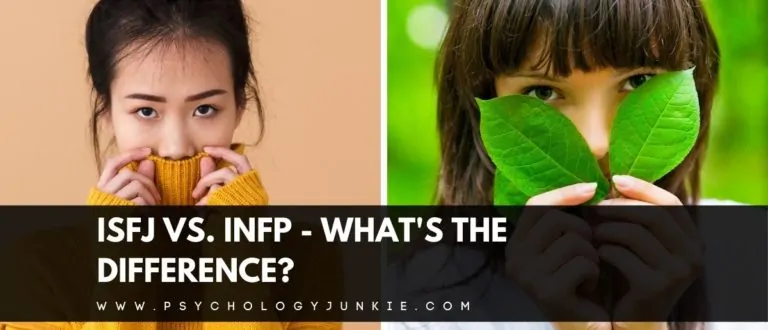
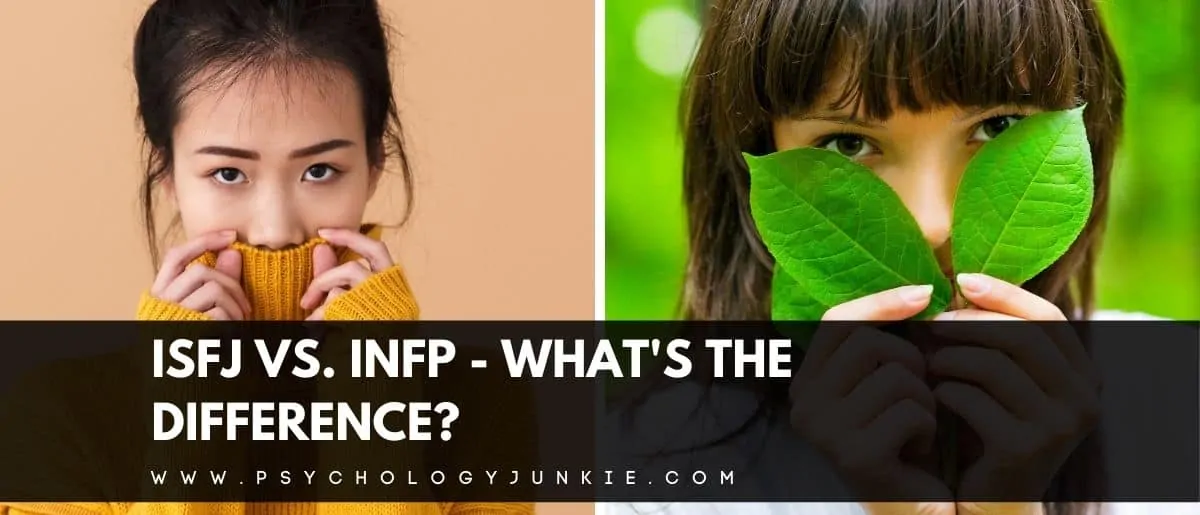
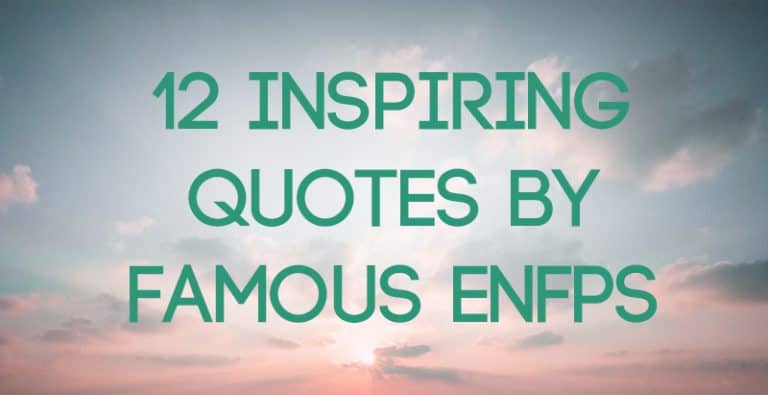
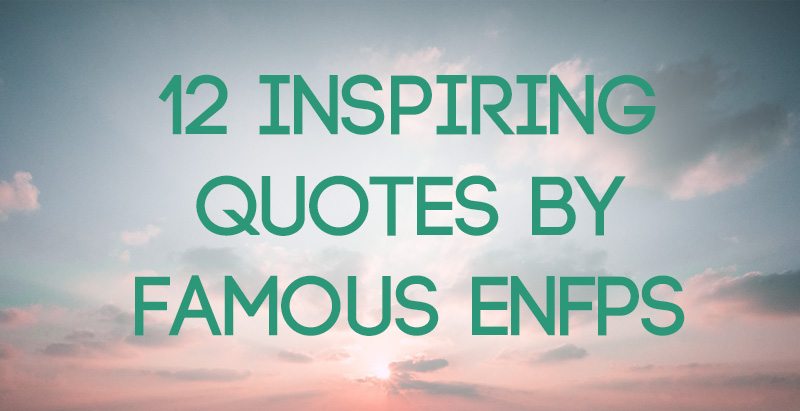


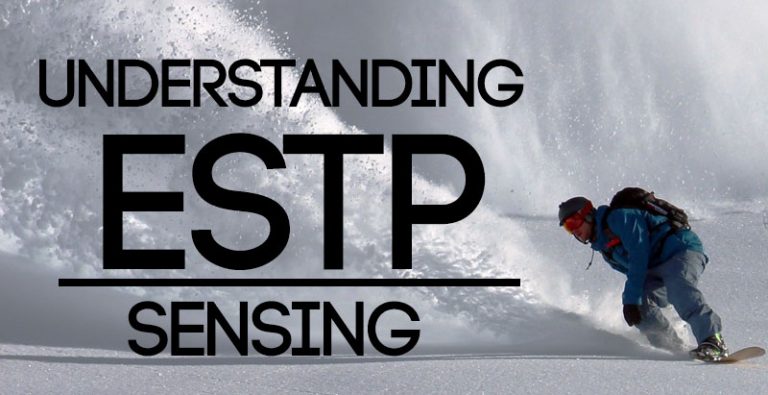
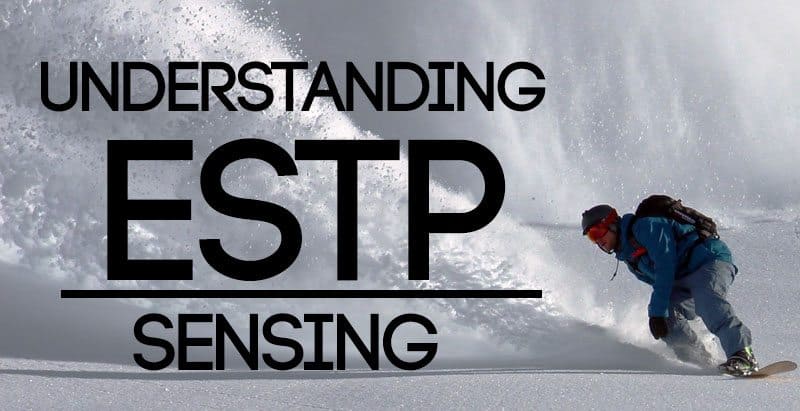
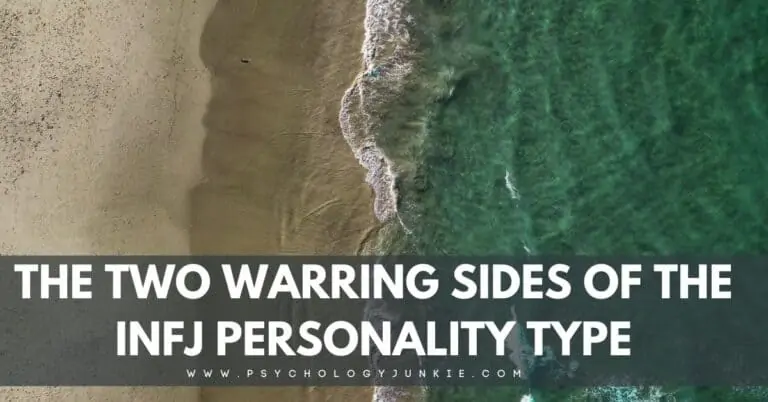
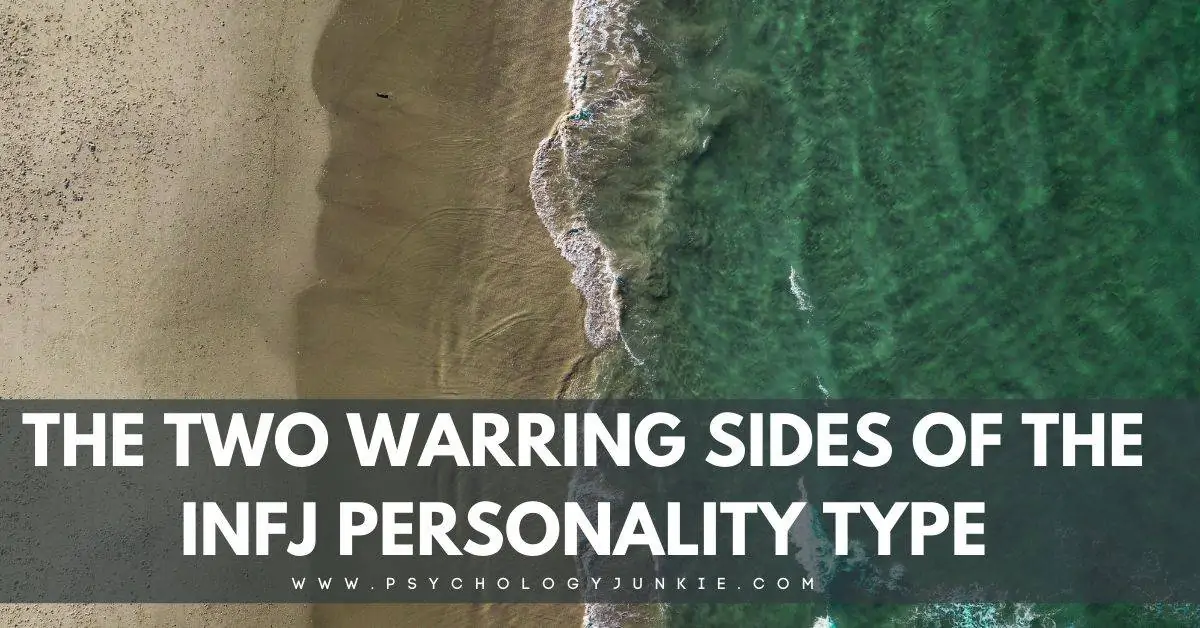
Thank you Susan, this was such a brilliant, enlightening article. I enjoyed reading it so much and it is really spot on. Sometimes we have such an incomplete picture of who we really are, what we like and dislike; what drives us to do things in certain, specific ways … Your articles are a real eye opener (and mind; and heart opener) into one’s inner self! The info you provide is also extremely helpful in understanding the people that I love. You do amazing work … thank you so much!!